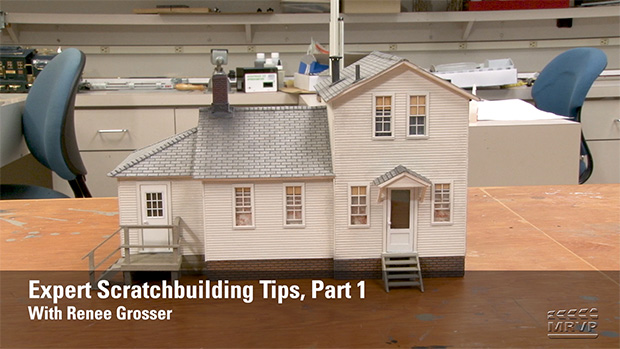
Having trouble viewing this video? Please visit our Video FAQ page Award-winning modeler Renee Grosser launches an MRVP exclusive mini-series highlighting her top-notch modeling skills and tips. Follow along as she shares her process for using styrene to scratchbuild a farmhouse from little more than a few snapshots! […]
Read More…
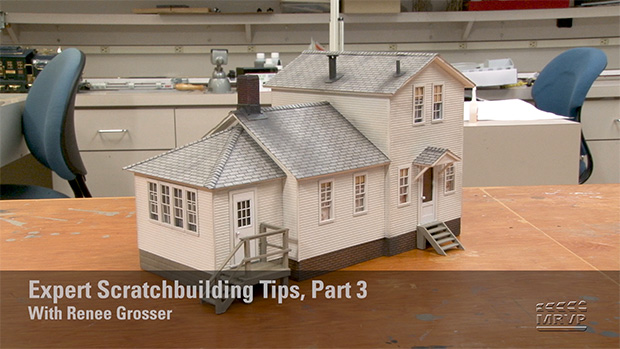
Having trouble viewing this video? Please visit our Video FAQ page Expert modeler Renee Grosser demonstrates how she makes window and door openings in the O scale structures she likes to scratchbuild using sheet styrene material. You’ll also see how she prepares some of the finishing details and weathering effects for her farmhouse project. […]
Read More…
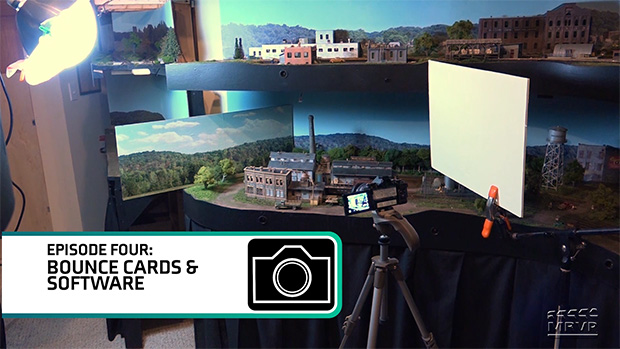
Having trouble viewing this video? Please visit our Video FAQ page Gerry Leone demonstrates a handy technique that makes it appear like your photos are captured under real sunlight. Plus, he’ll also show how photo enhancement software can bring new clarity to your photography efforts! […]
Read More…

Having trouble viewing this video? Please visit our Video FAQ page In this episode, Gerry Leone talks about how to adjust your camera settings to capture model railroad settings with a realistic depth of field. He also addresses lighting options (type and placement)! […]
Read More…
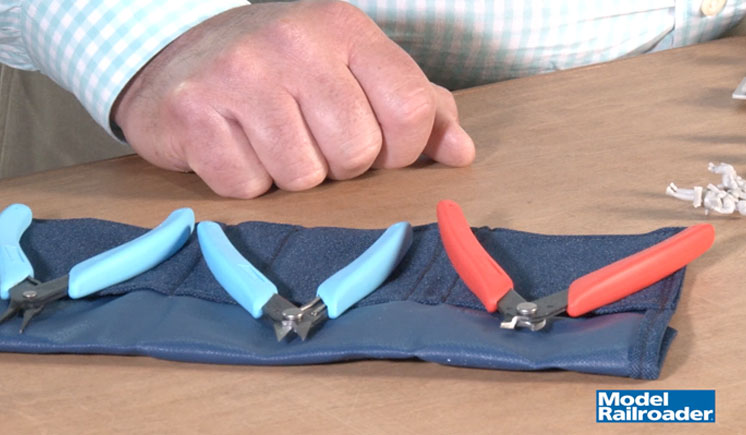
Having trouble viewing this video? Please visit our Video FAQ page A Xuron Modeler’s tool kit includes sprue cutters, microshears, and tweezernose pliers. All of these tools get a lot of use down at the Model Railroader workshop. In this quick demo, editor Hal Miller shows you some of his favorite tips for using […]
Read More…
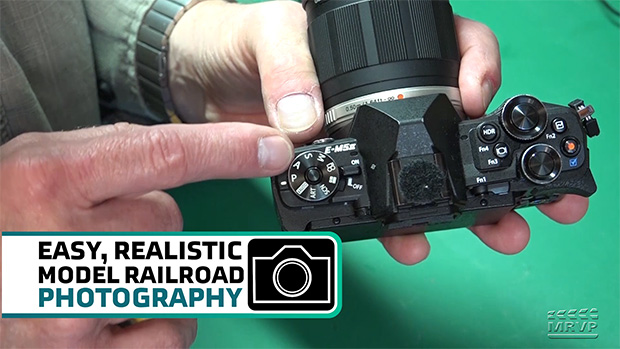
Having trouble viewing this video? Please visit our Video FAQ page More helpful lessons from MRVP’s Gerry Leone in this model railroad photography how-to mini-series. This time, you’ll learn how to talk the talk so you can walk the walk with ease! […]
Read More…
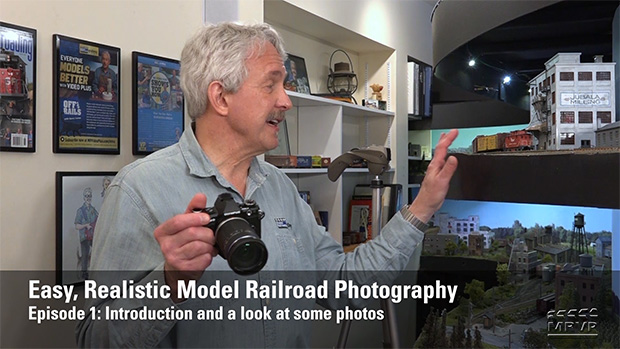
Having trouble viewing this video? Please visit our Video FAQ page In this MRVP exclusive mini-series, Gerry Leone walks you through the basic steps you can use to capture great shots of your model railroad…and you don’t even need an expensive camera to get impressive results! […]
Read More…
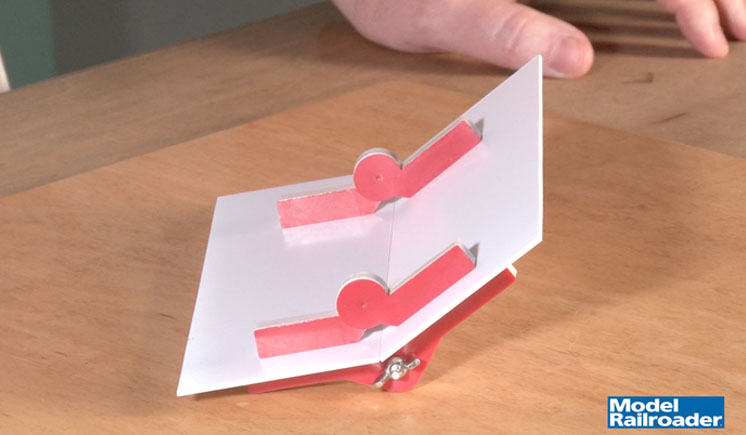
Having trouble viewing this video? Please visit our Video FAQ page For projects such as building a model structure roof, gluing pieces of styrene at an angle can be tricky. Associate editor Steve Otte shows you how to make this task much easier and quicker with a set of snap-and-glue clamps. […]
Read More…
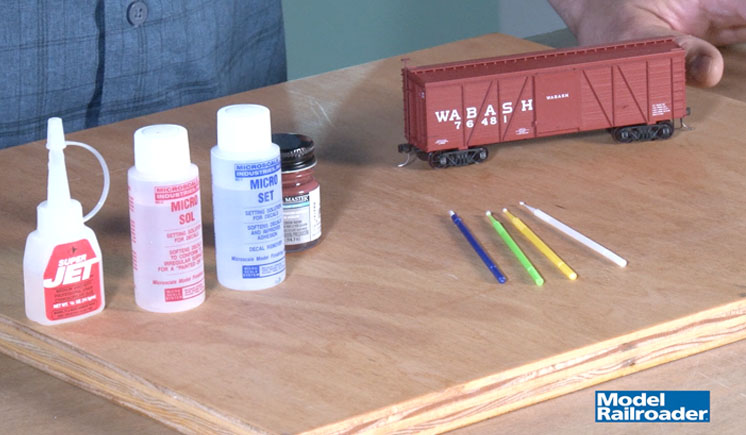
Having trouble viewing this video? Please visit our Video FAQ page Microbrush applicators have myriad uses in a model railroader’s workshop. Learn about these useful tools with Model Railroader Senior Editor Dana Kawala. If you need to stock up on microbrushes, get some at the Kalmbach Hobby Store! […]
Read More…
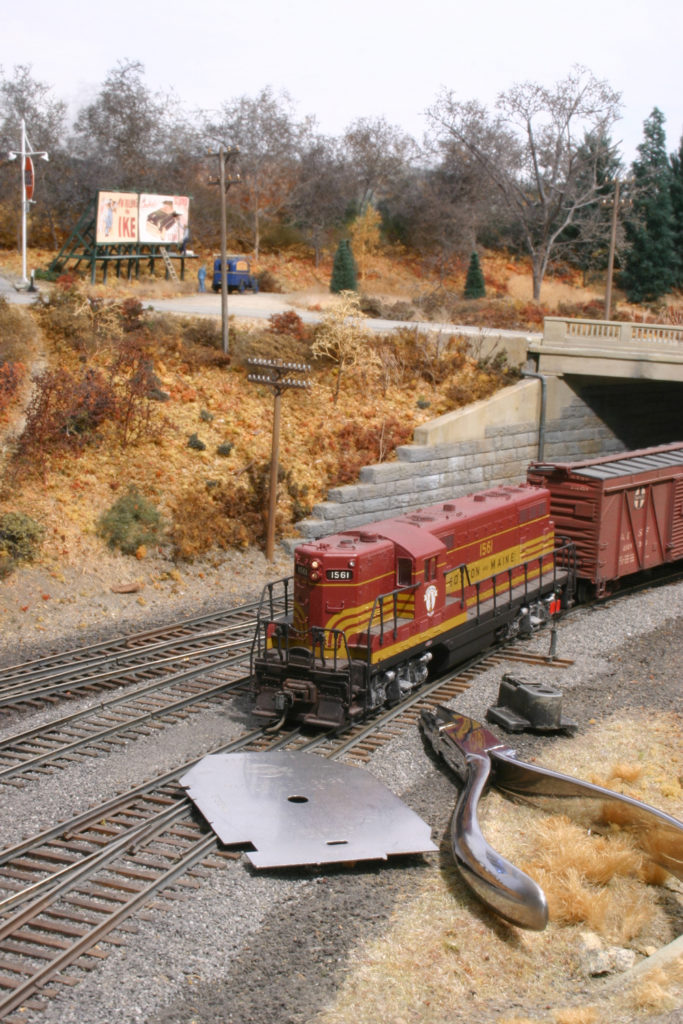
So long as your rails are clean and your rolling stock is fine-tuned, it’s time to inspect your right-of-way for problems. This is the first of five quick articles on how to check for and fix common mechanical and electrical track problems with model railroad track. First, you’ll need to run a test train over […]
Read More…
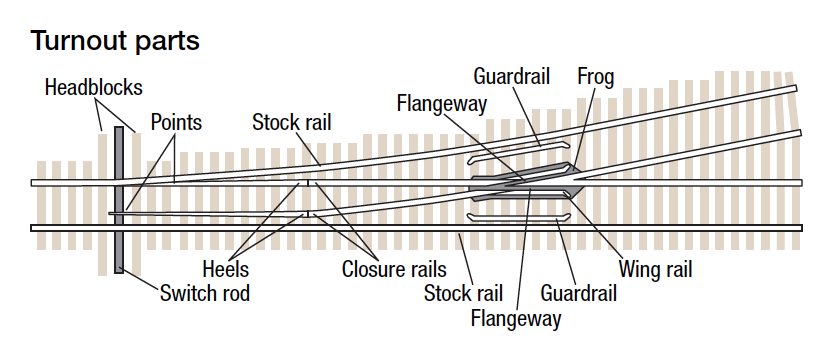
Theo Cobb illustration Theo Cobb illustration For each turnout, make sure that the check gauge — spacing between the guardrail and the frog — is correct. Paul J. Dolkos So long as your rails are clean and your rolling stock is fine-tuned, it’s time to inspect your right-of-way for problems. This is the second of […]
Read More…
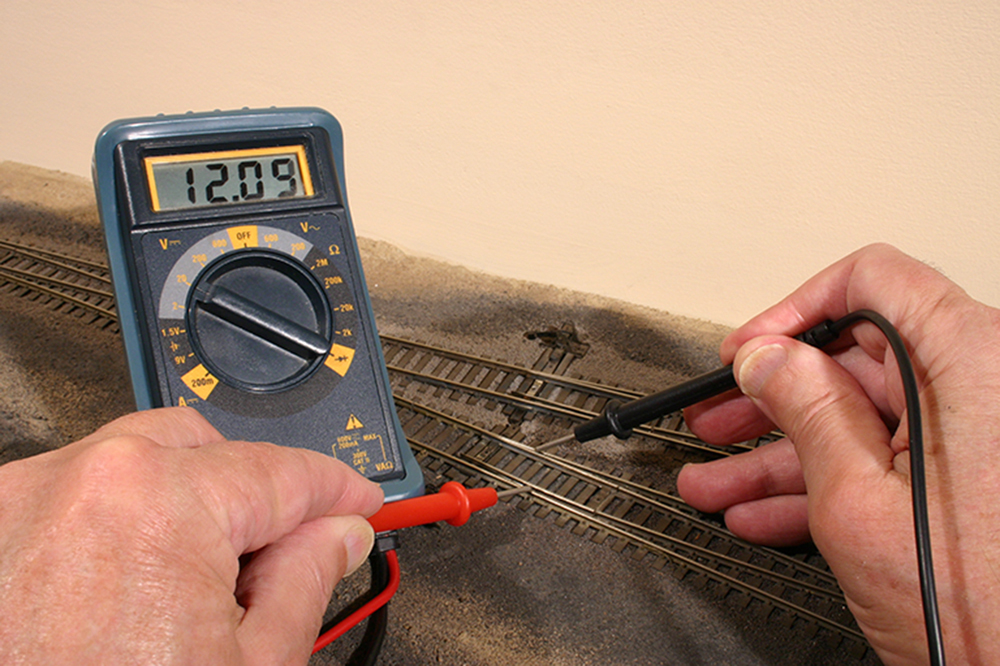
Check the track voltage using a multimeter. The voltage reading should be the same along each powered track section. Paul J. Dolkos So long as your rails are clean and your rolling stock is fine-tuned, it’s time to inspect your right-of-way for problems. This is the third of five quick articles on how to check […]
Read More…












